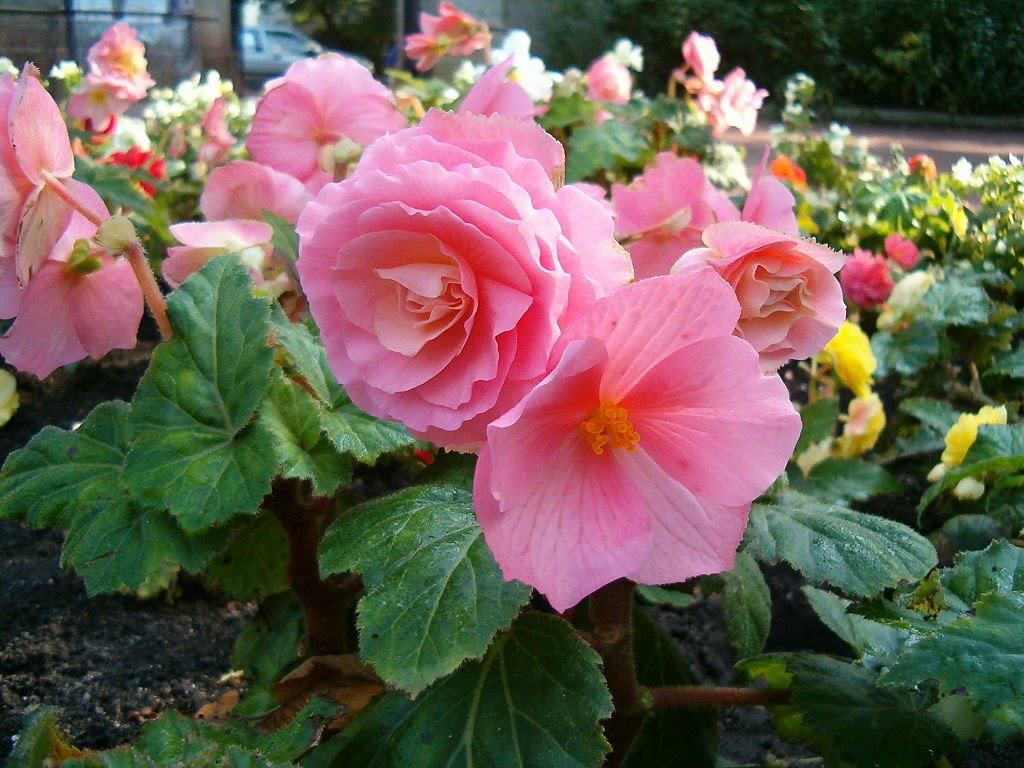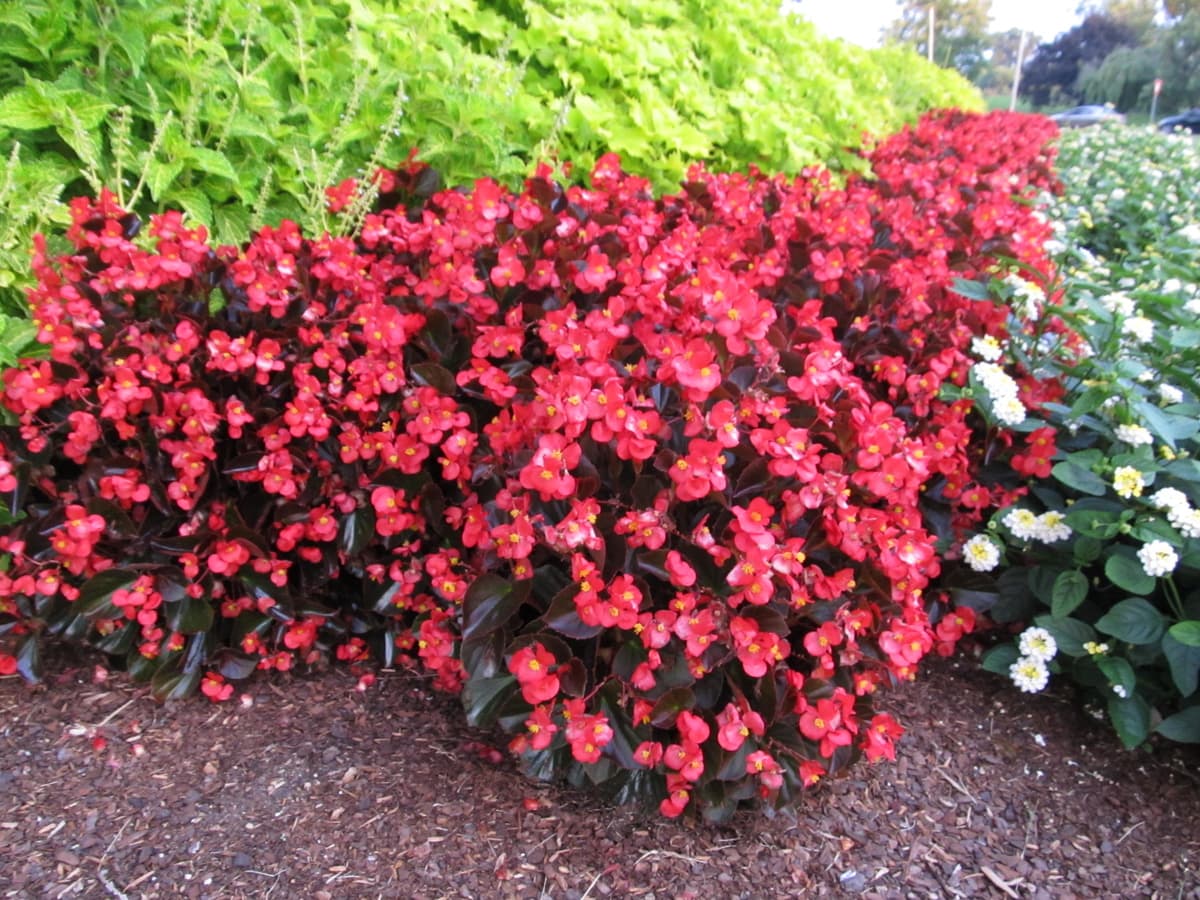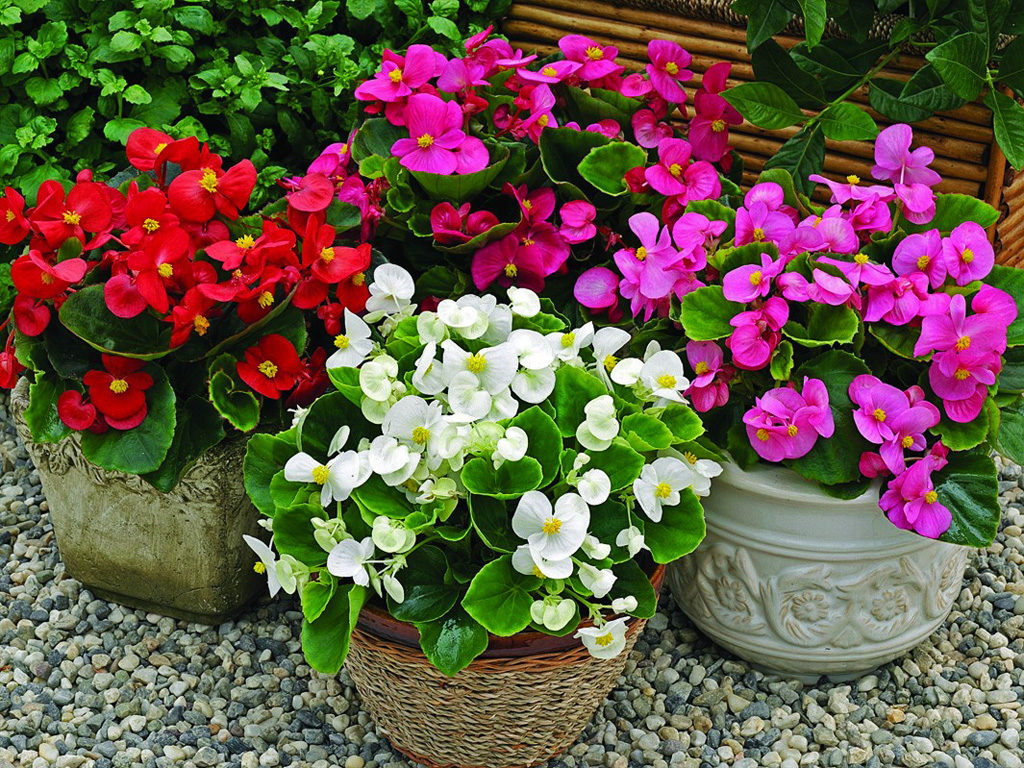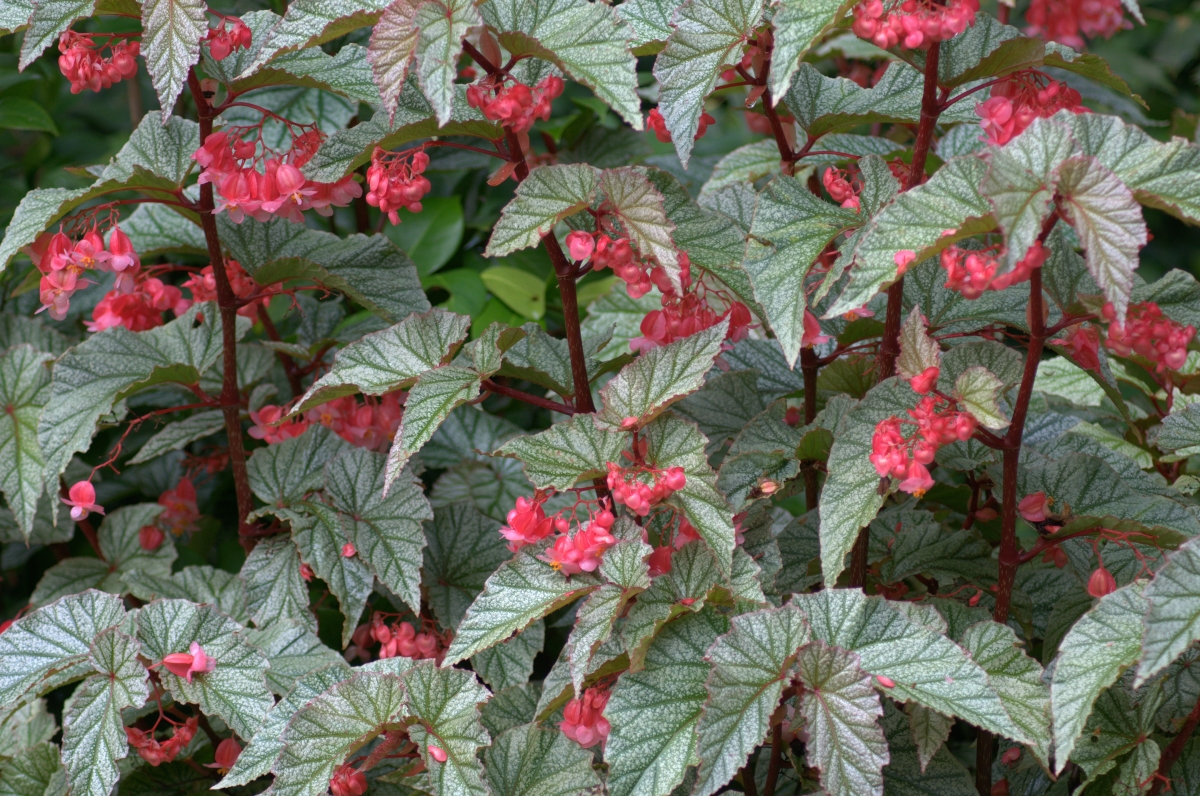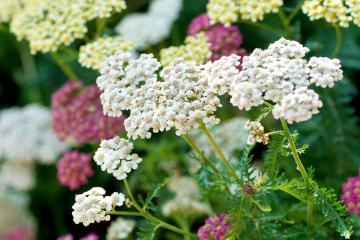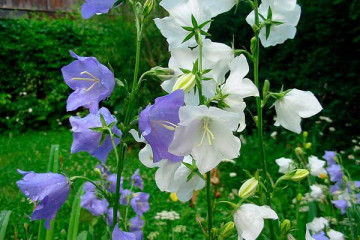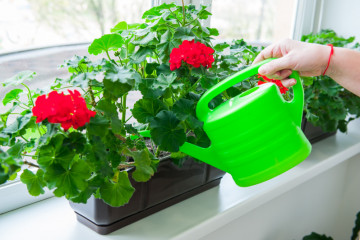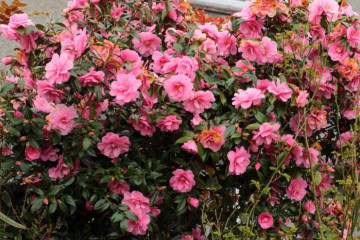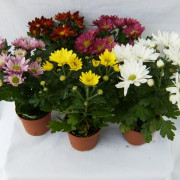Garden begonia in a flower bed - planting and care
Content:
Garden begonia is to the taste of many gardeners. The plant looks very beneficial in composition with other flowers, for a long time (5-6 months) it pleases the eye with colorful buds that resemble miniature roses. It is not difficult to care for street begonias if you know a few basic rules regarding watering and feeding. Attention should also be paid to protection against pests and insects, since the plant attracts the attention of many parasites, and the root system is sensitive to increased moisture and improper soil composition.
Description of the plant begonia garden
When choosing specimens for planting on a flower bed or indoor flowerpot, beginner flower growers have a question: is begonia a houseplant or an outdoor plant? There are many varieties of begonias, each with its own characteristics. In such a variety, there are specimens that can be planted outside.
The most popular types of Begonia garden:
- tuberous variety. The height of the shrub reaches about 30 cm. The buds can have different shades, the petals are double or smooth. The flowers can reach 6-12 cm in diameter;
- pendula is a species that differs in ampelous shape. The plant resembles a bush on which small flowers are scattered. Lush bloom ends in late autumn;
- ever-flowering street begonia is a bushes no more than 15 cm high. The leaves of the subspecies are usually oval-shaped, green in color with a brown tint. There are many flowers, but they are not too big. The color of the buds is usually coral, red or pink.
Each species has a unique shape and color of buds, shape and color of leaves, texture and texture of petals. The appearance of the bushes also has an individual character, which exactly distinguishes indoor begonia from garden begonia.
Thus, perennial garden begonia can be any variety or subspecies of the presented plant variant. The appearance and conditions of care in each case are completely individual, but the rules for their implementation are similar.
Is it possible to plant begonias on the street
It is undesirable to plant home species and varieties of begonias in a garden or flower bed, the plant will require rather complex care. Outdoor begonia grows without problems, given a few nuances when choosing a place for planting:
- for a flower, it is advisable to choose a place that will be constantly wet and in partial shade;
- breeding varieties can withstand both direct sunlight and short-term drought. Even low temperatures are not strongly contraindicated, which means that the plant will withstand the first frosts;
- it is advisable to plant begonias in a flower bed with other flowers that will be combined with the specimen visually and protect it from negative external influences.
Begonia is a perennial that does not always tolerate harsh climatic conditions, so it is better to plant the plant in a pot or flowerpot, and bring it indoors in winter.
How to care outdoors in a flower bed
Florists should remember that outdoor begonia, which is planted and cared for in the open field, loves increased attention. It is important to pay close attention to the watering regime, pest control, feeding.
If you regulate such conditions for the growth and development of the plant, then the begonia in the flower bed will be a magnificent flowering bush with bright leaves. Additionally, you need to plant a flower in a place suitable for its variety, where the sun and moisture will play a major role.
Fertilizing and feeding garden begonia
Growing and caring for begonia in the garden requires the utmost attention. This is especially true for fertilizing the soil. This moment is very important for the plant, since begonias take a lot of energy to bloom and maintain the color of the leaves.
During the active growing season, especially in spring, you need to apply mineral fertilizers at least once a month. When the flowering period begins, the soil must be fertilized especially carefully and often - once every 2 weeks.
Begonia prefers active outdoor care. Therefore, in addition to mineral fertilizers, it is worth using organic fertilizers. It is advisable to avoid homemade product as it can harm the plant.
Pest control
You need to start caring for begonias already in the greenhouse: carefully monitor the appearance of insect pests. On the leaves, colonies of scale insects, aphids, whiteflies, nematodes, thrips can develop.
In addition to parasitic insects, the plant is affected by common diseases that are relevant for horticultural crops:
- gray mold that spoils the root system. Difficult to get rid of. Long-term and constant treatment is required;
- powdery mildew, which worsens the condition of the aerial part. The main criterion for treatment is to establish the correct microclimate around the flower;
- bacterial spotting spreads to all parts of the plant. It is associated with the formation of bacteria, therefore, first of all, you need to get rid of the pathogen;
- ring spot spreading on leaves and stem. Often occurs due to the fact that the soil with bacteria gets on the leaves and stem at the time of watering. It is necessary to adjust the principle of the procedure.
To grow a healthy bush, you need to fight with special agents against fungus and insects. Mixtures and powders, in particular fungicides, must be used to treat the plant in the proportions indicated on the package.
Many diseases can be avoided by following the care guidelines. If watering and feeding are periodic, then the plant will be strong. But these procedures should be performed correctly.
Watering in the garden
The main condition is timely, moderate watering. The plant loves moisture, but it is strictly forbidden to fill the soil with water. There are several nuances to consider when drawing up an irrigation schedule:
- watering should be done at the moment when the ground under the bush begins to dry out, but it is not recommended to wait for a dry crust to appear;
- it is enough to pour about 1-2 liters under one copy. The water should be at room temperature;
- it is impossible for moisture to get on the leaves, so it must be poured in the area of the stem. Pouring over the stem is also not recommended, since the crown can deteriorate, dry out, and burn.
Preparing begonias for winter
Begonia must be dug out of the soil at the end of November. Usually, the procedure should be performed after the first frost. After flowering and dying off of the stems, the tubers begin to accumulate nutrients. Blooming in the new season depends on their quantity and quality.
Wintering begonias involves the complete extraction of tubers from the ground for the period of frost. The root system extracted from the soil must be placed in a box with peat or sand, put the container in a cellar or basement. The dormant state should last for about 2-3 months, that is, throughout the winter.
Further, each bulb is prepared for planting in a certain way: much depends on the species, plant variety, climatic conditions of the region. Usually, tubers can be planted back into the ground as early as May-June.
Features of growing begonias in pots in the country
Begonia in pots on the street looks neat and attractive. In addition to this, the placement of the plant can be changed according to personal preferences. Such castling will allow you to change and update the landscape design of the site at least every day.
Growing begonia in a pot is quite simple:
- Prepare the flowerpot and the soil for filling it. The material and size of the container determine the size of the sprout and the interior of the site. Clay pots are usually used, pots are relevant.
- At the bottom, you need to lay out a drainage layer, which will regulate the soil moisture in the container, supplying the roots with oxygen. The substrate should be light so that oxygen circulates freely in the flowerpot.
- The substrate should consist of peat, deciduous and coniferous soil. You can add some sand. The proportion of all components, except for sand, is equal. The heavy component should be 1/5 of the total mass. The acidity should be medium.
Next, the flower is planted according to the standard scheme. Care is carried out in the same way as when growing begonias in the open field. There are no additional responsibilities for growing potted flowers.
Begonia in the garden immediately stands out from the rest of the flowers. Unusual leaves and bright flowers delight in their quantity. Small bushes are more like decorative bouquets. In order for the plant to look spectacular due to its appearance, you need to know a few rules that relate to care and planting. If feeding, watering and planting is done correctly, then it is possible not only lush flowering and active growth, but also breeding begonias at home.
